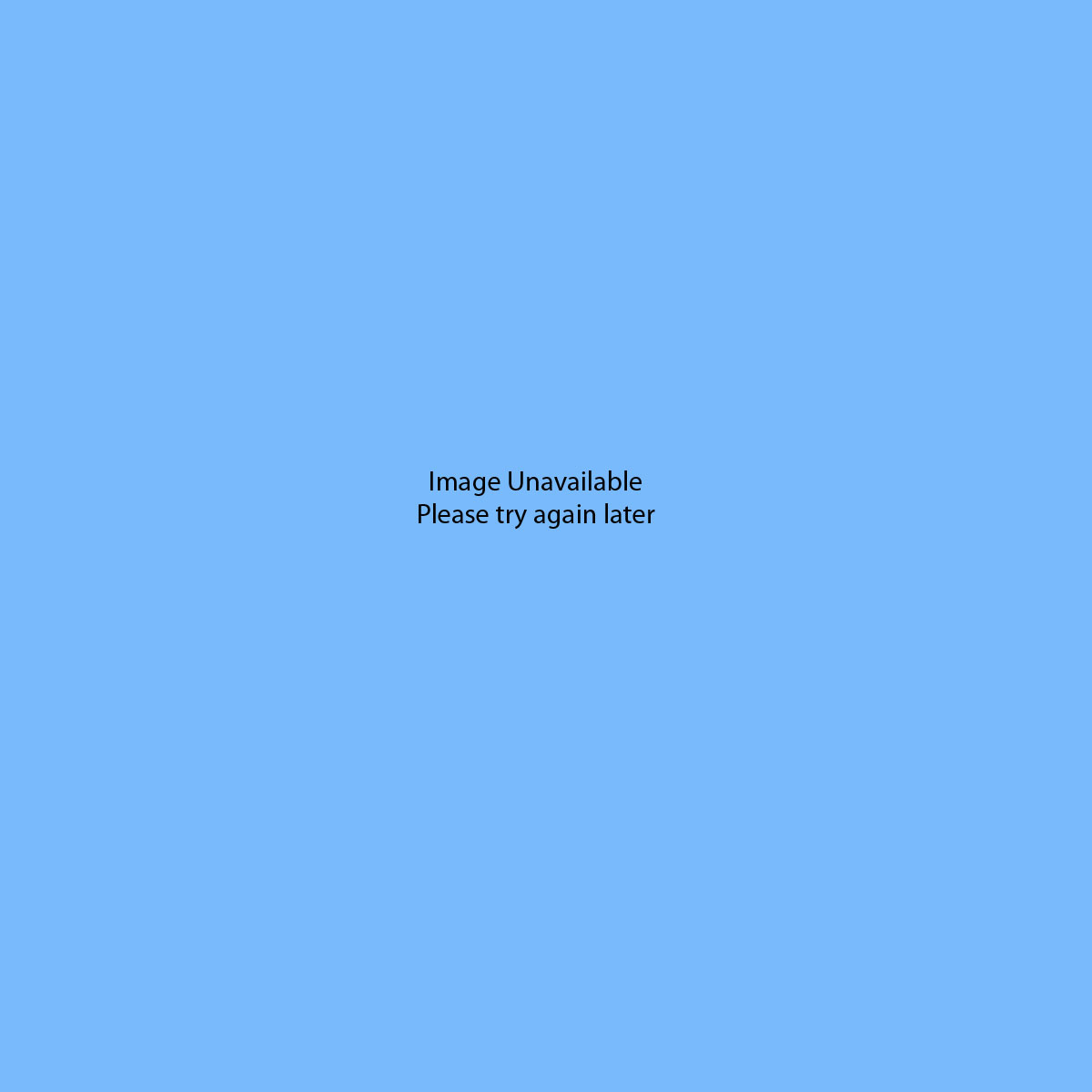Gerhard Marx / Cumulus / 2011
This January, in his first exhibition with the Goodman Gallery, Gerhard Marx presents new works that are born out of his own self-designed processes, which involve skillful manipulation of materials collected as part of an engagement with the artist’s physical urban context. As a Cumulus cloud constantly verges on collapse, Marx’s subjects border between form and formlessness, always rich in associative and connotative density. Dried plants, seamlessly embedded into paper, become a twisted composition of skeletons. Abandoned garden refuse is delicately grafted into a ribcage and then cast in monumental bronze. Fragments of a South African atlas are fashioned into the elaborate structures of discarded plants and weeds. A gathering of black plastic rulers form a cloud on the verge of saturation, right before the Cumulus ruptures and it starts to rain.
“Most of my works,” explains Marx, “are incremental accumulations of small things… I am interested in forms that border on formlessness – unstable, shifting, growing, permeable forms.” Titled Cumulus, the exhibition’s namesake is in this light highly symbolic for Marx. When the Cumulus cloud was named, along with other basic cloud forms in the early 1800s, Marx says, “suddenly these allusive shapes were determined, fixed by name and description.” The cloud’s shifting nature – its aggregatious build-up, coupled with a constant threat of collapse and ultimately, its transformations – becomes a central allegory within a body of diverse work. Marx elaborates on this by saying that “beauty relies on a determined sense of form, but the sublime inevitably involves formlessness.”
The form or formlessness that his works take always begins with a process – usually a highly intricate one – that Marx devises over time. “I tend to develop a technology every time,” he says, explaining that the etymology of the word technology comes from the Greek tekhnē, which also means to reveal. “You develop a technology and it reveals something.” Through these processes that Marx refers to as “evocations rather than determinations”, he works with an object that is either intrinsically or associatively indexical. Each object or material used “denies its own physicality or presence by pointing at something else, in the manner in which a map incessantly points at the territory, or in which remains imply a lost whole.”























